WHAT DOES A POSITIVE LEARNING ENVIRONMENT LOOK LIKE?
Students, teachers say key is mutual respect
The book Fostering Emotional Well-Being in the Classroom contains information that describes a positive learning environment.
Students spend about eight hours in school every day for around 175 days a year, which means they spend approximately 1,400 hours in school every year
And to say that the learning environment for students is extremely important would be an understatement. That said, determining what a “good” learning environment is presents a few issues, as it is a truly subjective question. It’s reasonable to say a classroom needs to be equally emotionally nurturing as it is educational.
According to Fostering Emotional Well-Being in the Classroom, “Classroom settings that encourage emotional well-being promote an optimal atmosphere for both learning and emotional development. Emotional well-being is encouraged when the teacher models a healthy personality, positively manages the students, and avoids inadvertently labeling students as incapable, unlovable, or unworthy.”
One teacher who was inspired to do this is Powell High School health teacher Mrs. Kandi Bennett
“I worked for Yellowstone Behavioral Health and I did some workshops for adults,” Mrs. Bennett said. “Then while I was there I thought, ‘Oh my gosh! I know what I need to help kids with.’ Then as they become adults maybe I can help them avoid some of this pain.”
Perhaps a student has a teacher, or has had one in the past, who has touched their heart. The thing with educators is they’re teaching students who may not even be open to learning, but teachers have to learn how to be OK with that. Some students cannot be reached on an academic level. An educator, however, has the ability to reach their students beyond academics, and sometimes students need that more than anything a textbook could provide them.
“An ideal classroom environment, in my opinion, starts with a compassionate, approachable teacher. Without this it is hard to get help when you need it,” sophomore Jace Bohlman said. “I also think it would be focused, but not so stiff that people can’t talk quietly for a few minutes.”
Though there is no set answer for how to cultivate a classroom environment that is both emotionally and academically healthy, there is perhaps an equation to get a rough estimate on what that answer would be.
In order for this ideal classroom environment to come to life though, both the teacher and the students must put forth the effort; this means listening to the ideas and wishes of each other. A common thread among both teachers and students is they feel it is vital to make all students feel included.
“To me an ideal classroom environment would be a classroom full of students that all have respect for the teacher and what they’re doing for us,” senior Brody Karhu said. “Just those slight signs of respect, that’s what I think all classrooms should have.”
It’s important for the teacher to take into consideration the wishes, circumstances and opinions of their students, but it is equally important for students to respect, listen to and abide by the boundaries set in place by the teacher.
It is often heard among the chatter in the hallways about how mean, disrespectful or unfair a teacher is, but it is significant to note that respect is a two-way street. Students will only typically see this “harsh” side of the teacher after prolonged periods of obnoxious behavior towards the ADULTS trying to help them, but as soon as it is shown, students tend to project their dissolute behavior and blame others.
“I think an ideal classroom environment would be everyone feeling like they’re included, everyone engaging in conversations,” Mrs. Kandi Bennett said. “I think it looks like thinking about things that maybe there’s no real answer to, but just thinking about how it applies to real life.”
A model class will create a feeling of comfort for the students. Brains cannot process information as well when your body is in the fight or flight response. Unfortunately, teens today have a lot of stress on their shoulders and are put under a lot of social, academic, physical and mental pressure.
Educators should be able to identify unhealthy changes to a student’s mental health and then take actions to try and assist them. Teachers obviously can’t be responsible to see every single little change within each student that walks through the door, but there are very prominent indicators of if a student is under a lot of stress.
“Well, I think a good trait for a teacher to have is if they are understanding. You know, if they are understanding of situations like, ‘I didn’t get this homework assignment done,’” Karhu said. “I really appreciate when a teacher can realize that I’m just human.”
A common answer to the question “What traits do you think teachers should have?” was for them to be understanding. Every student who walks through the doors of Powell High School each morning comes from a different background; they have different beliefs and different opinions.
It’s so important that not only the teachers, but also the students, are understanding of the different backgrounds and circumstances of each person they encounter.
It should go without saying, but let’s be honest: Teenagers are a little lacking on the whole “respect” thing. Iif students expect to be treated with respect by someone who is already going above and beyond just by showing up to work every day, students need to extend that respect and more to their educators.
“I personally don’t learn from teachers standing up and lecturing us; I learn better with hands-on activities, with active learning,” junior Jaxton Braten said.
Added sophomore Mani Braley: “I think what helps me the most is a teacher who will check up on you and explain everything if you don’t get it.”
It is a valued trait of teachers if they can run their classroom with a variety of teaching styles. Though it is possible for students to learn in many ways, sometimes when teachers have students who are difficult to reach academically, it is important to adapt to the learning style of the student.
The ability to change up classroom activities, while keeping a controlled and organized environment, can be essential in teaching students to learn in different ways, rather than sticking to their preference.
“In order to maintain a productive classroom environment students should be expected to not take advantage of the freedom that is allowed, prioritize their work over socializing and respect their teachers authority,” Bohlman said.
A large part of a teacher’s job is to keep students safe, whether students like it or not. As much as the average teenager would love to have an extremely relaxed environment in which they can get away with whatever they want, educators cannot foster an emotionally and academically healthy environment unless they have control over it.
Sometimes teachers do need to know when to step away and let a student handle something, but the majority of the time, a student needs to know when to let an adult step in and help them.
In order for both a student and their peers to feel and be safe, they need to be willing to relinquish control to the teacher.














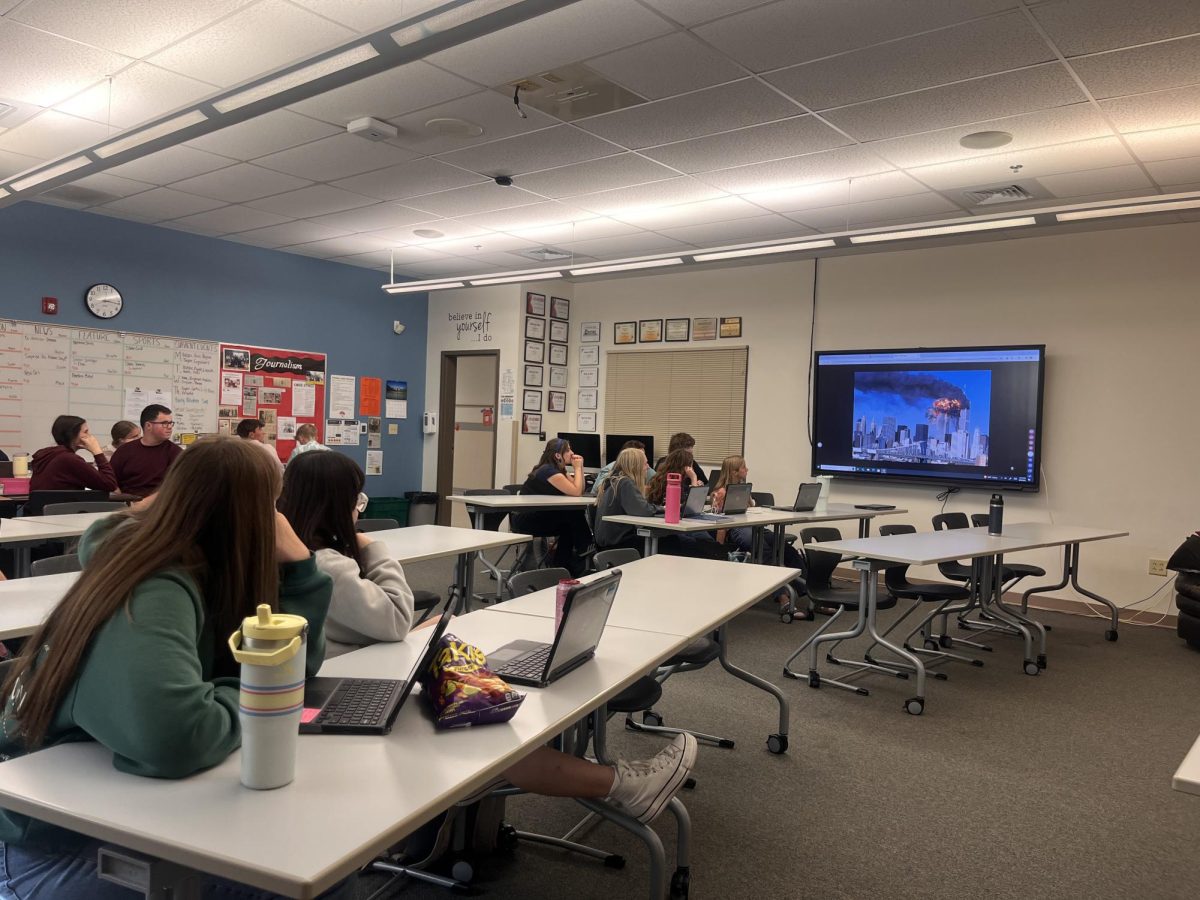


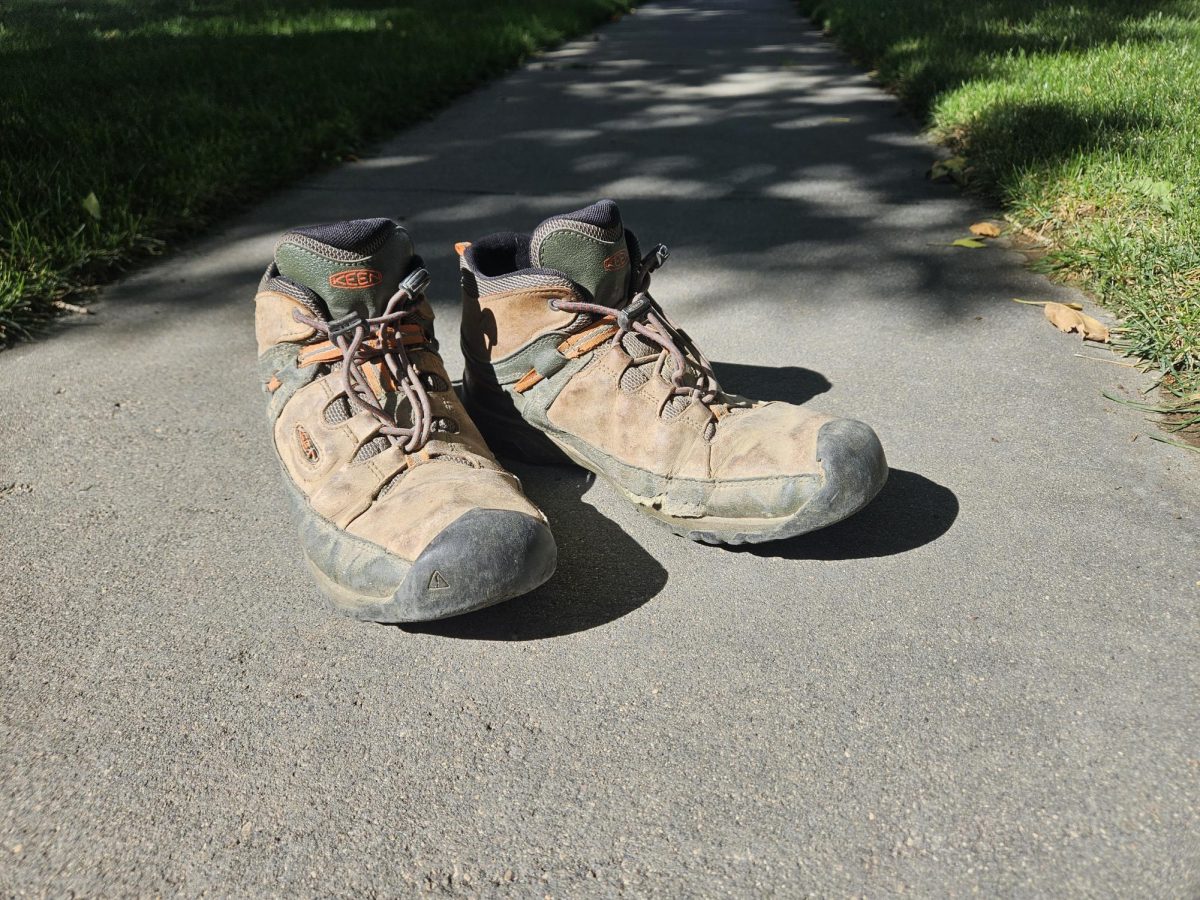


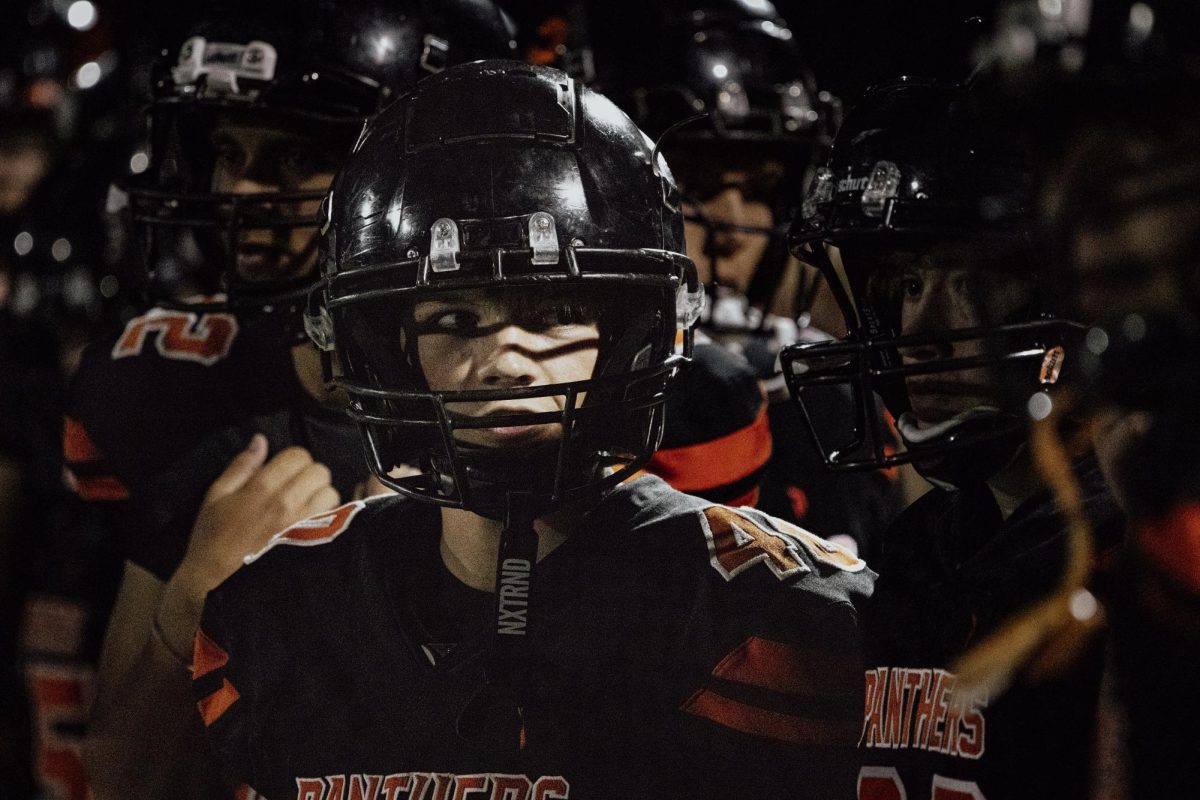
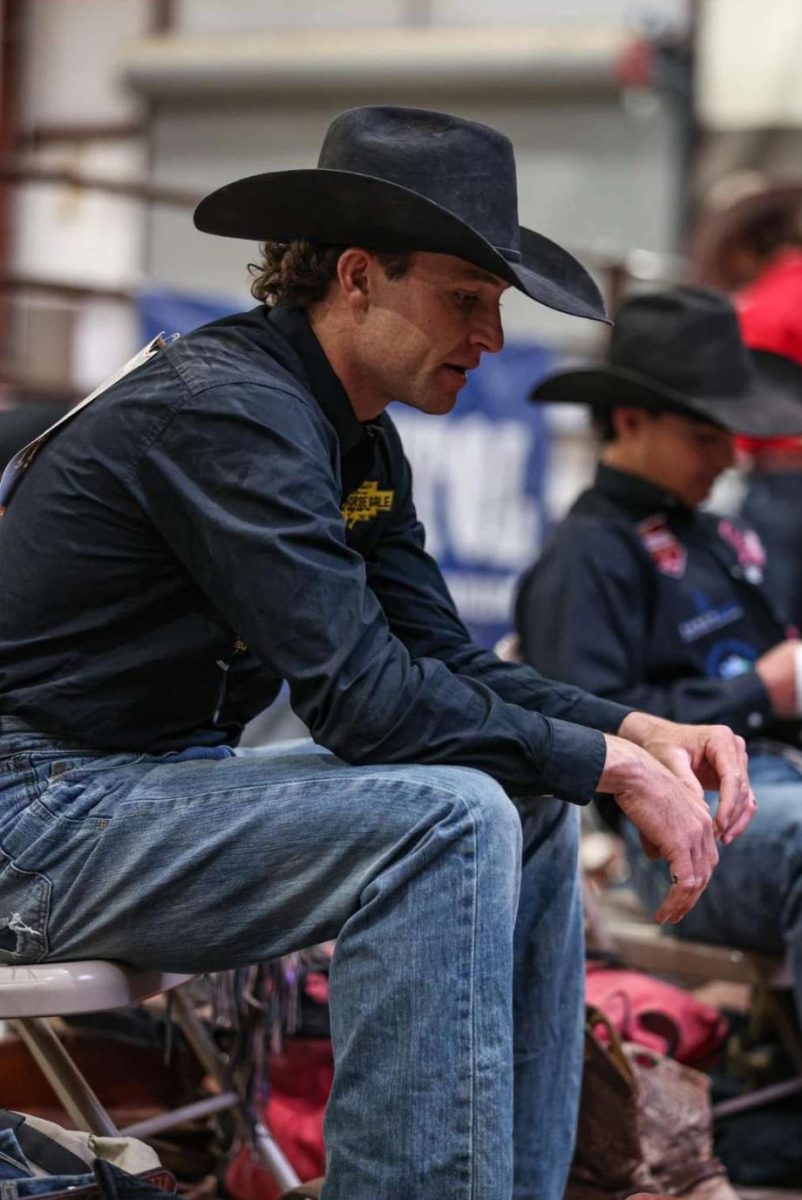







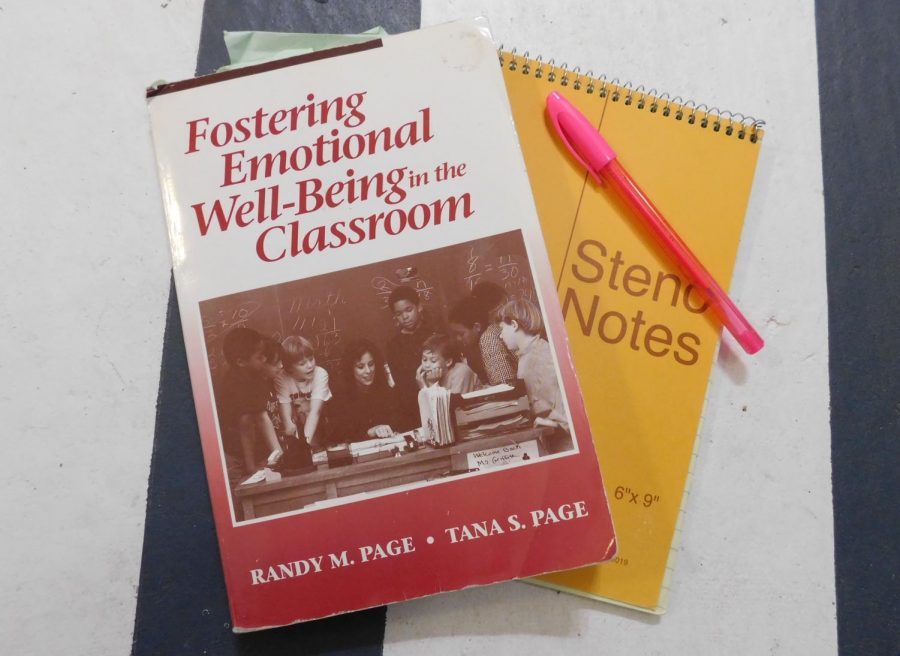
Brandon Preator • Feb 14, 2020 at 12:23 pm
Wow! Incredibly insightful article looking at the situation from multiple perspectives. I love your take on the human aspect of the relationship. Students, parents, teachers and administrators, we all are human. We all make mistakes. We all can get caught up in the excitement of a situation, or an emotionally-charged situation, but I believe if we err on the side of being a little more patient, a little more kind and a little more understanding, things will work out. Our classrooms would be positive, healthy environment for all students. But again, we are all human…..